¿Emplacement réservé?
2016-2018
Series of photographs
Variable prints and dimensions
Images taken in 2015 and 2017 in Mexico City
Grant from the Mexican Secretariat of Foreign Affairs and AMEXCID for images taken in November and December 2015
In Mexico City, in the commercial streets of the historic centre and the Merced district, a practice is repeated with great frequency. Objects or minimal constructions are placed on the kerb to prevent cars from parking. These deposits on the road are so numerous and varied that I was able to photograph them in the form of a collection or catalogue. Intrigued by their appearance as improvised urban sculptures, made of worthless objects or materials, I assumed that it was shopkeepers or artisans who were appropriating part of the public space in this way so that the entrance to their shop or workshop would remain visible and accessible. But this practice is not only carried out by neighbours; it is mainly the work of a global organisation known as the ‘viene viene’. In this unofficial way, although completely assimilated into the city’s culture, spaces are reserved to control and monetise car parking. Furthermore, and as a result, residents of more residential neighbourhoods do the same thing, not only to keep their parking spaces in front of their homes, but also, like shopkeepers and artisans, to prevent the ‘viene viene’ from occupying the space. This series, initially motivated by the visual form of the use of public space and its practice by citizens, became more focused by incorporating this other dimension, which is criminal and strategic, and seemingly mysterious to an outsider. Ultimately, it bears witness to a form of codified struggle for territory and the multiplicity of its signs. The title combines French words and Spanish interrogative punctuation.
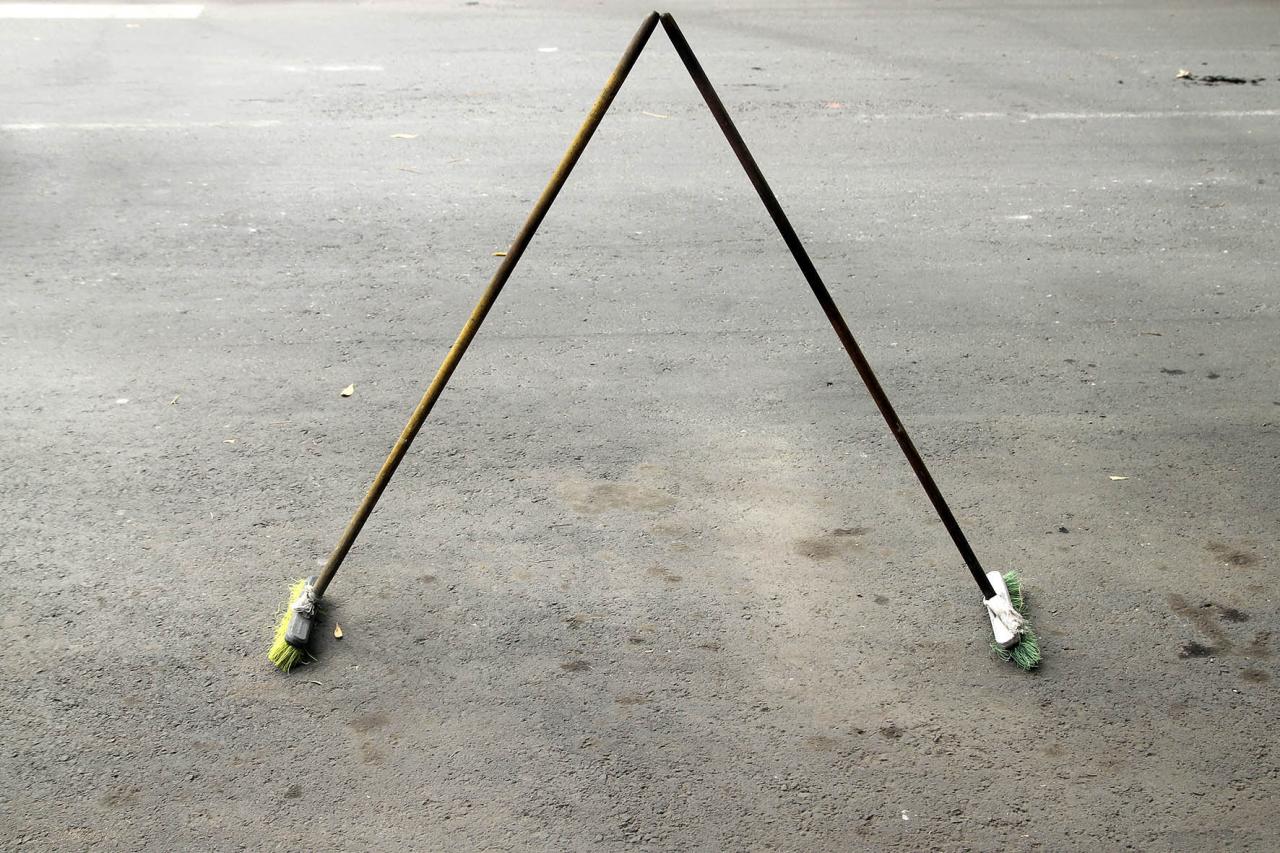
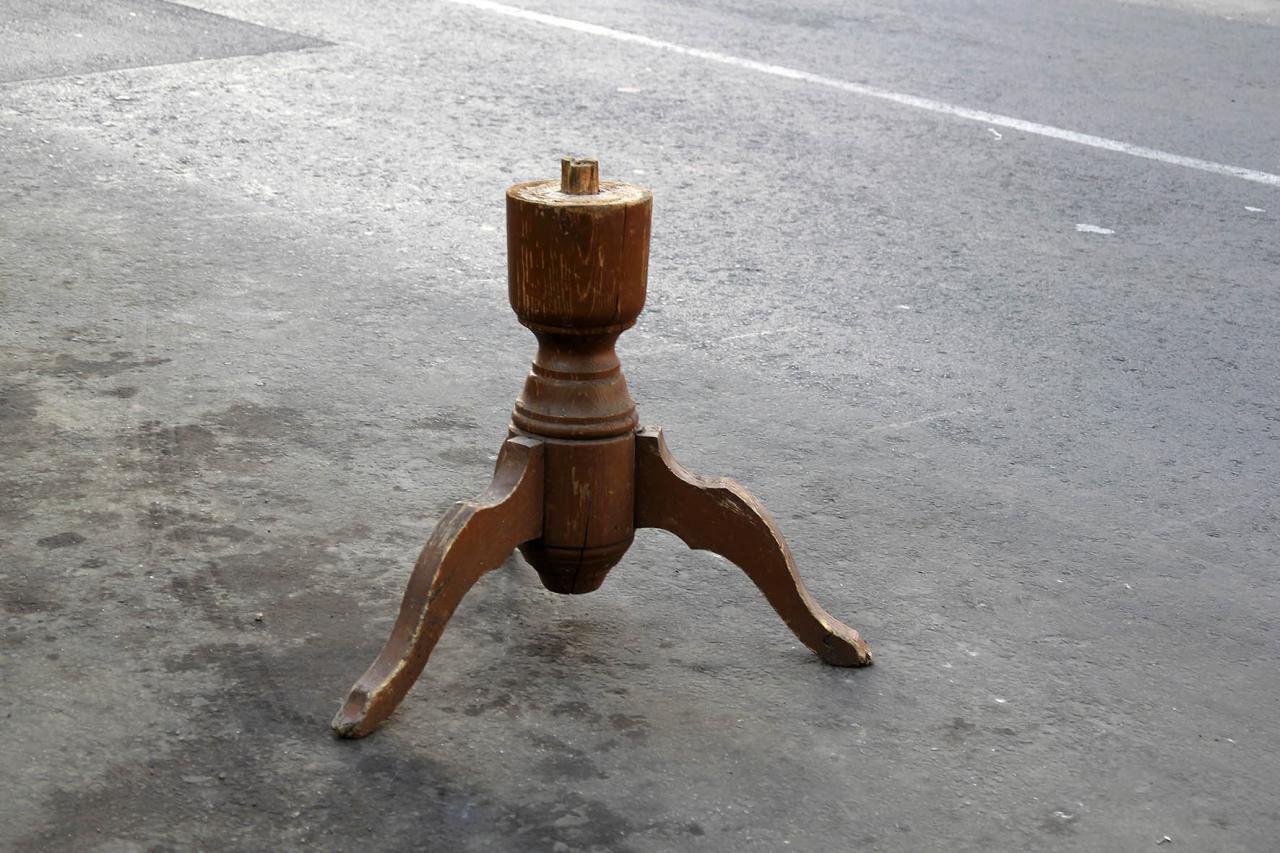
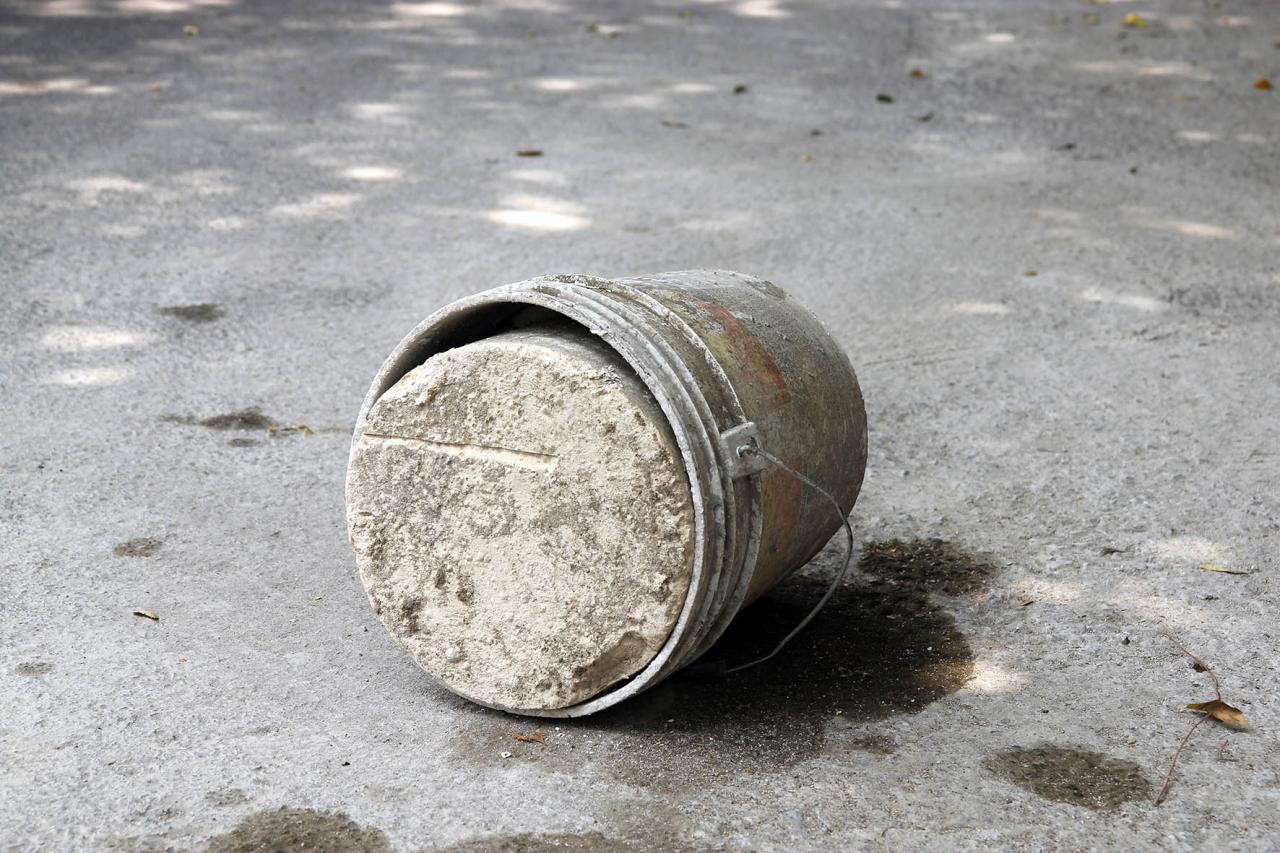
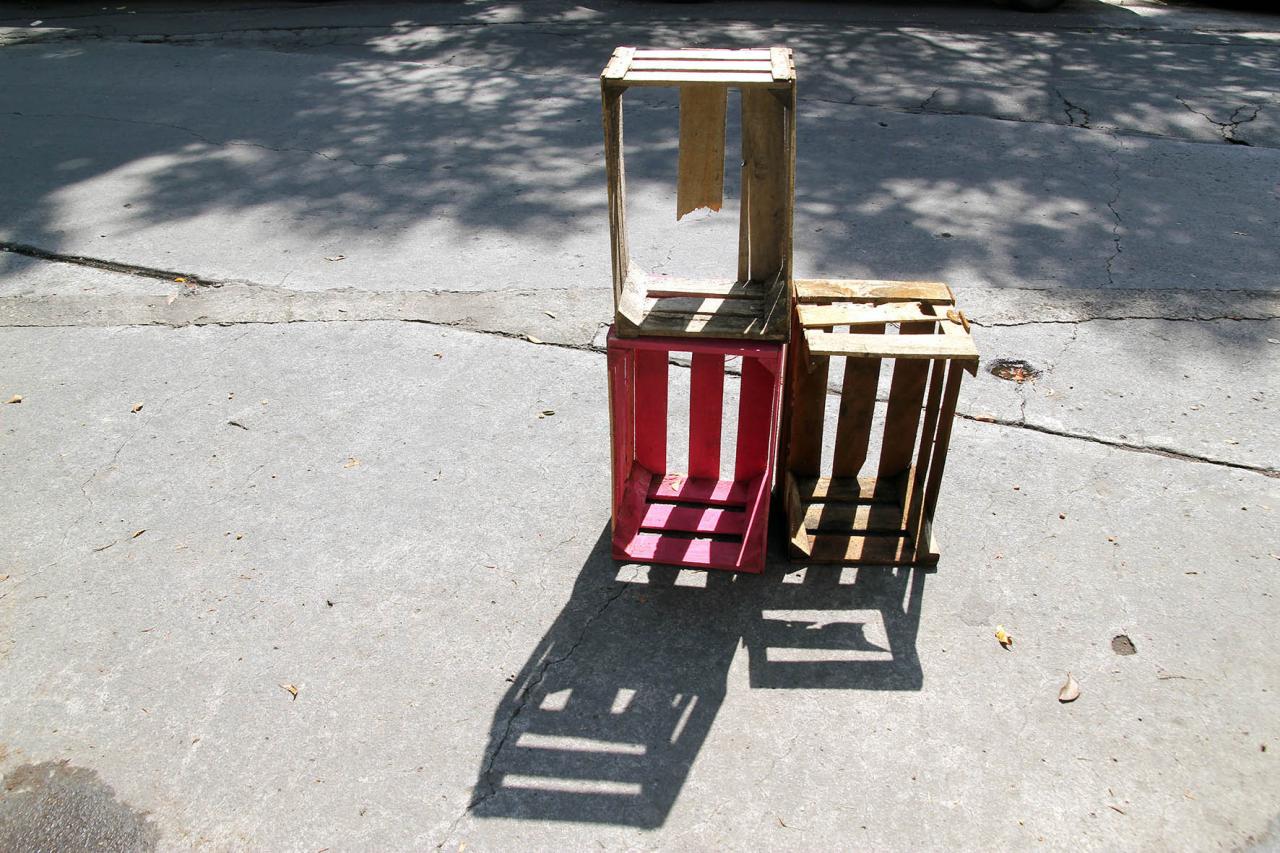
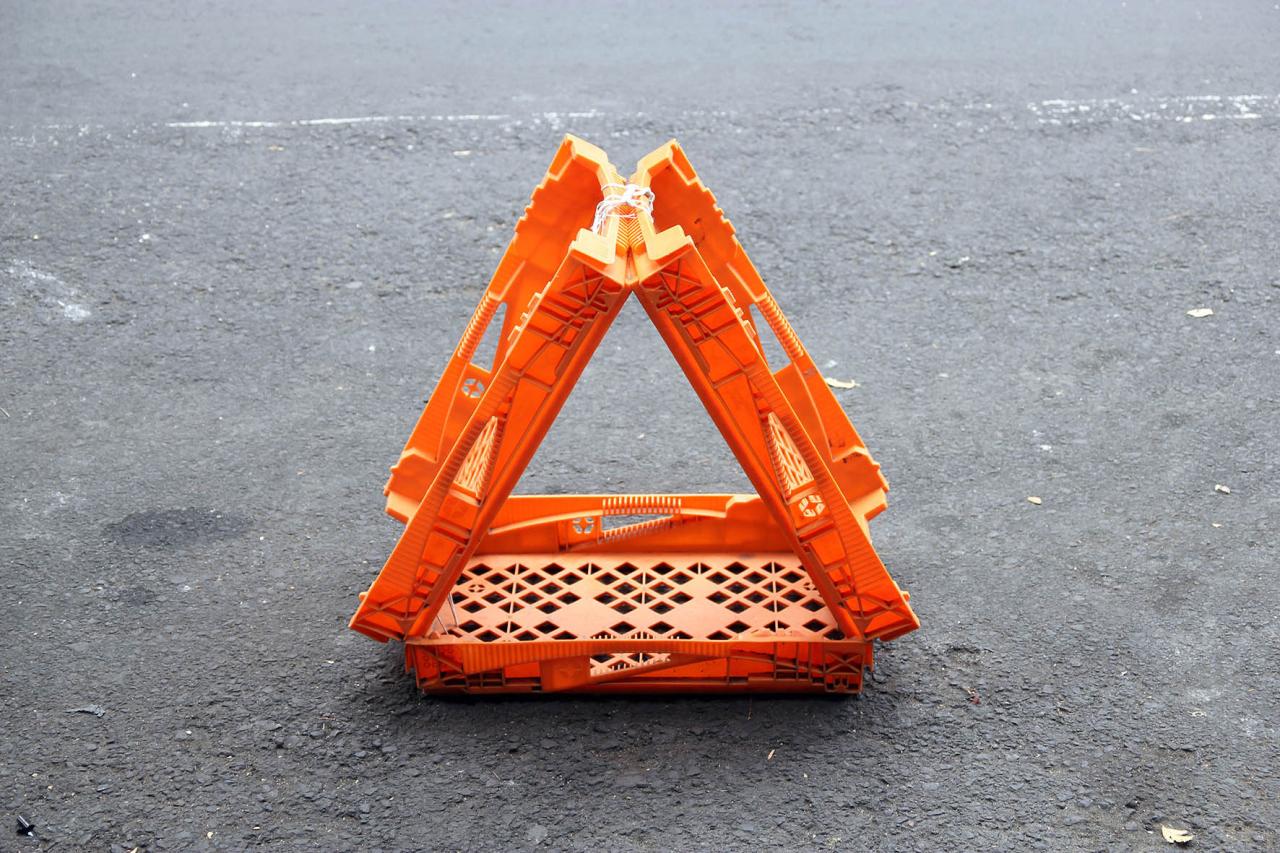




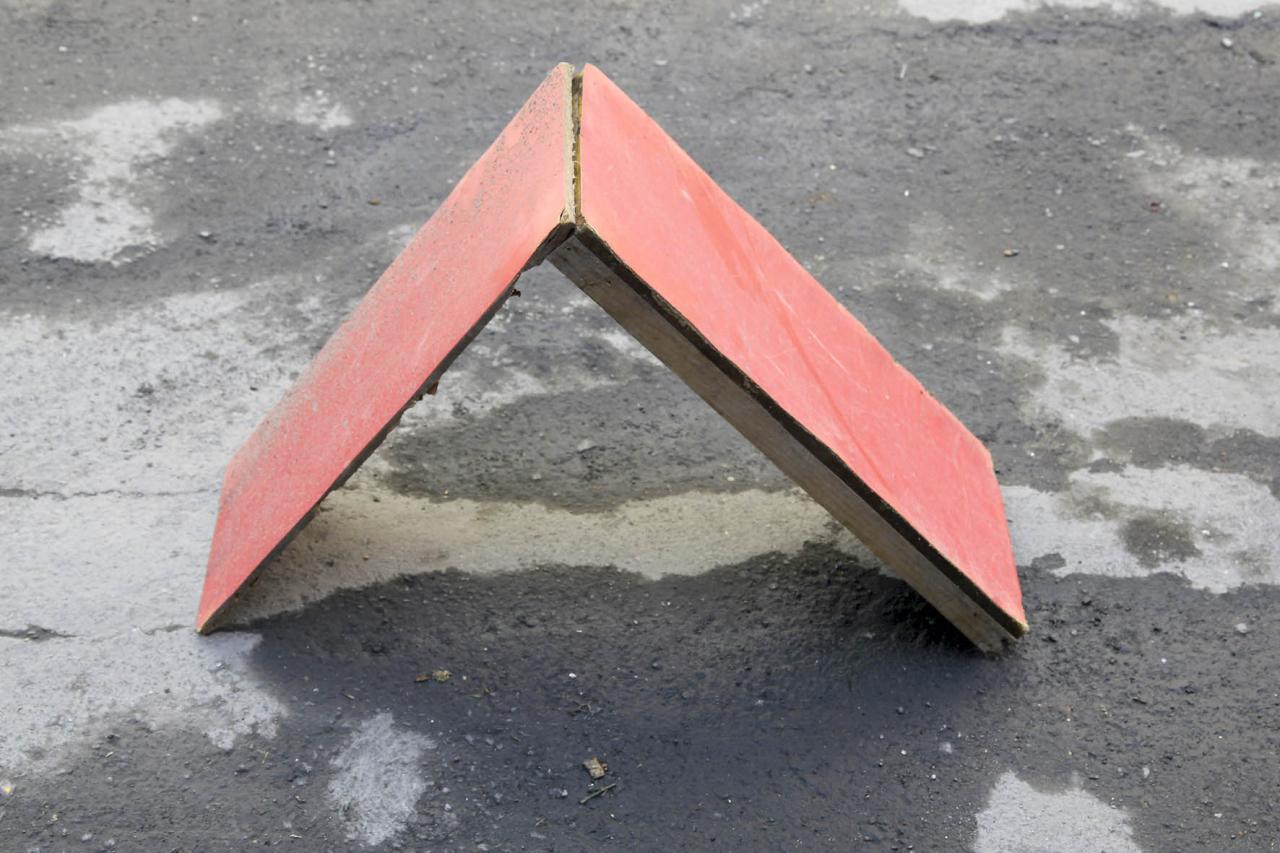
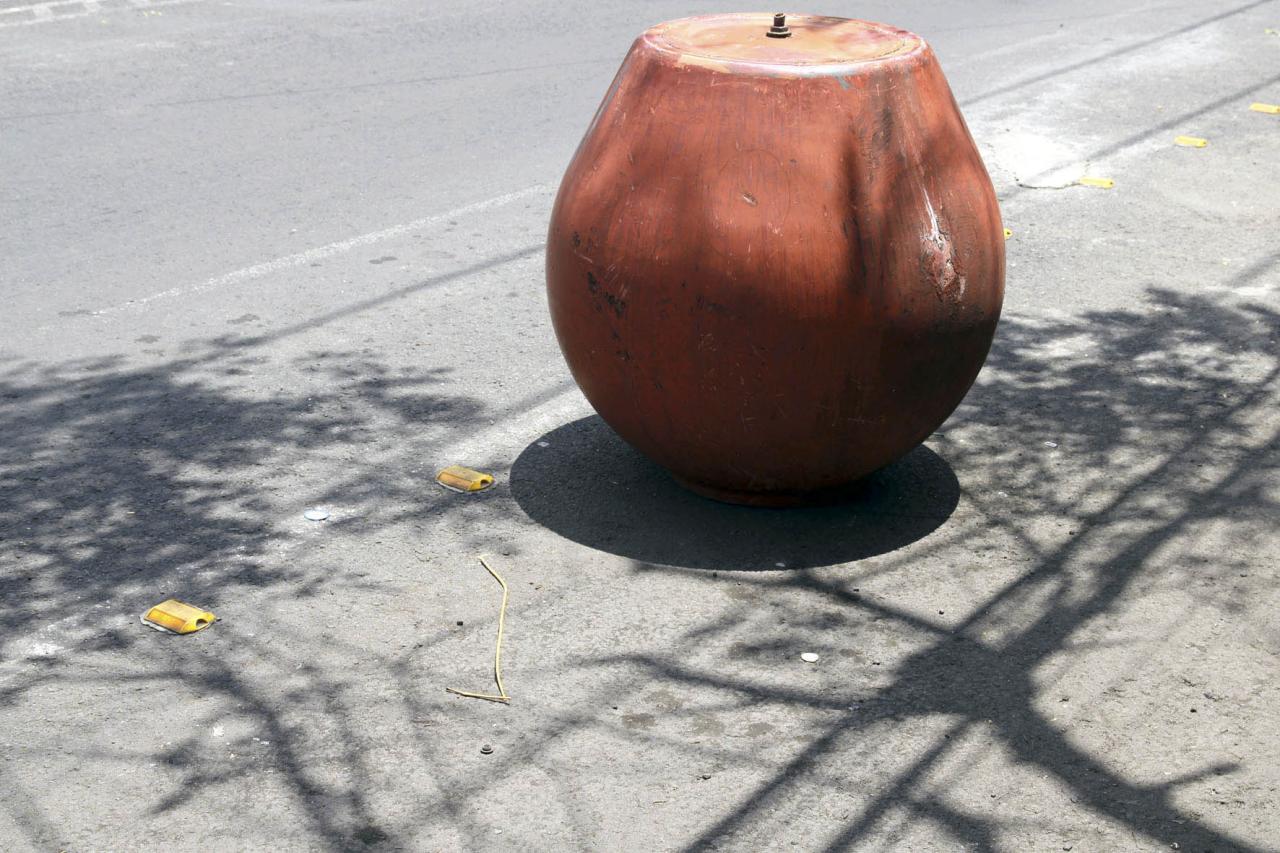
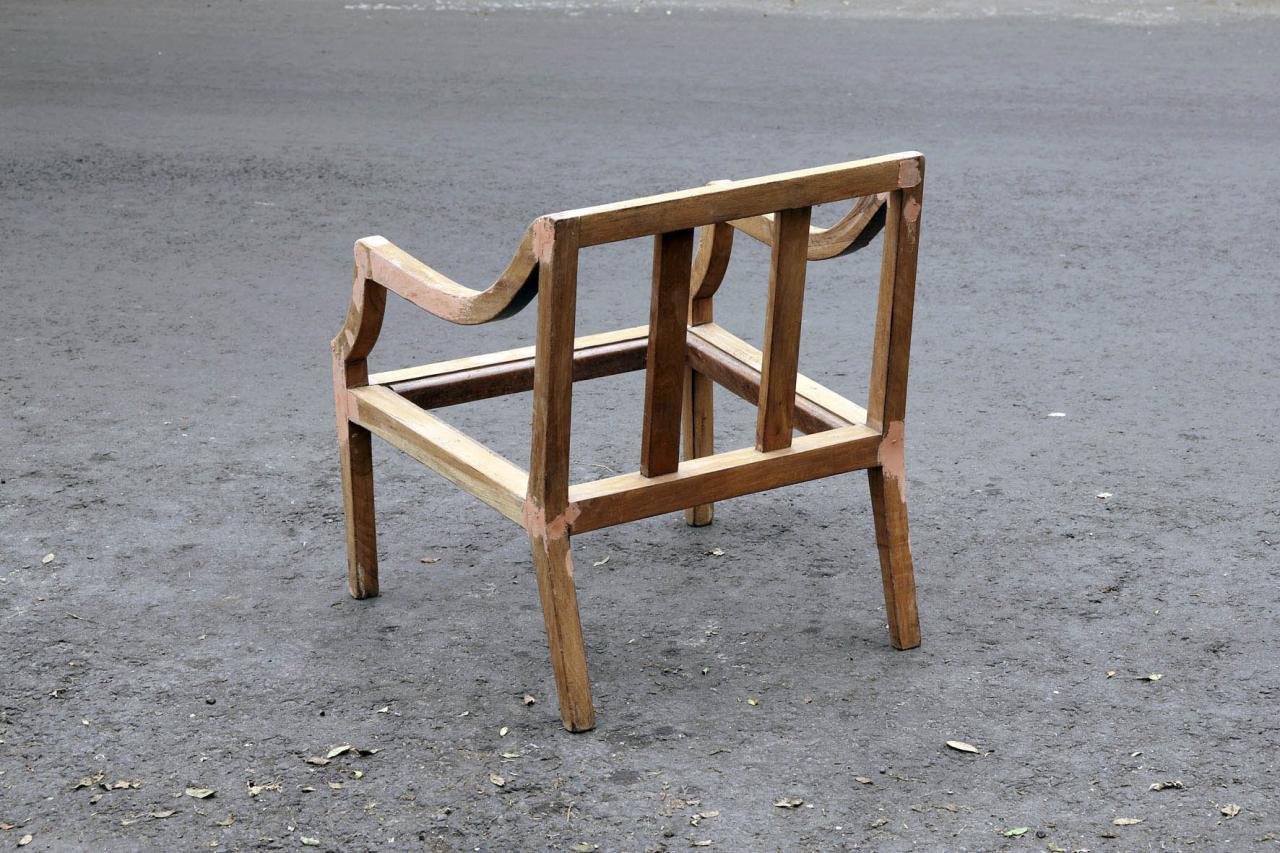
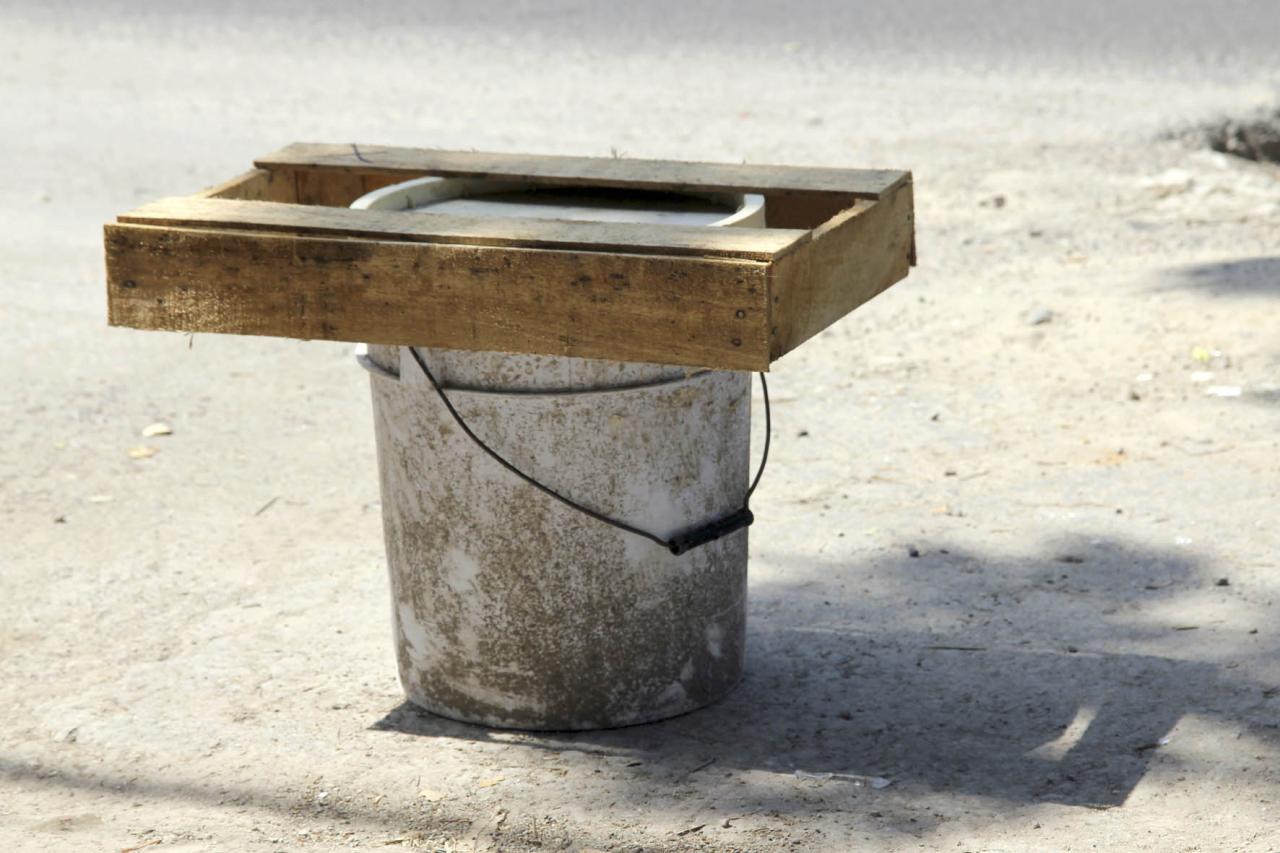
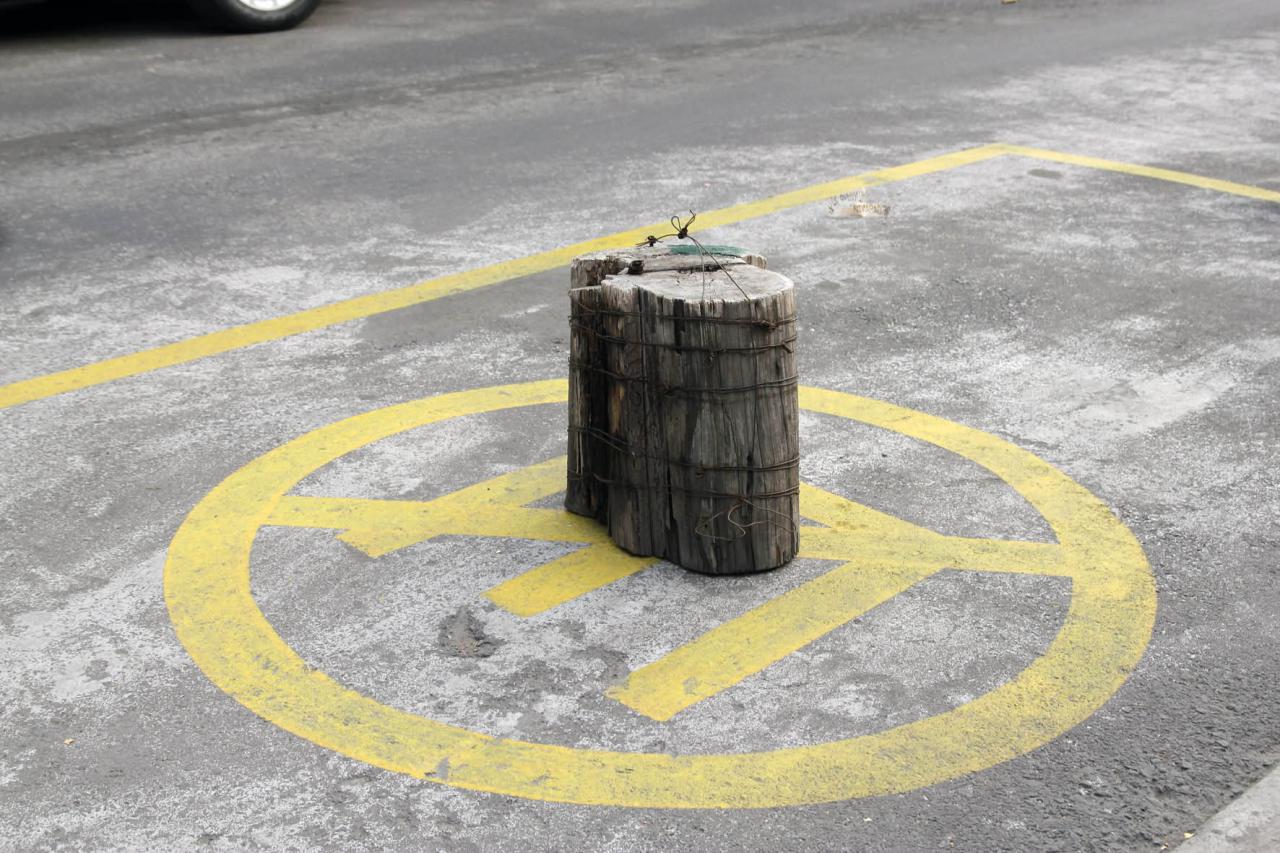




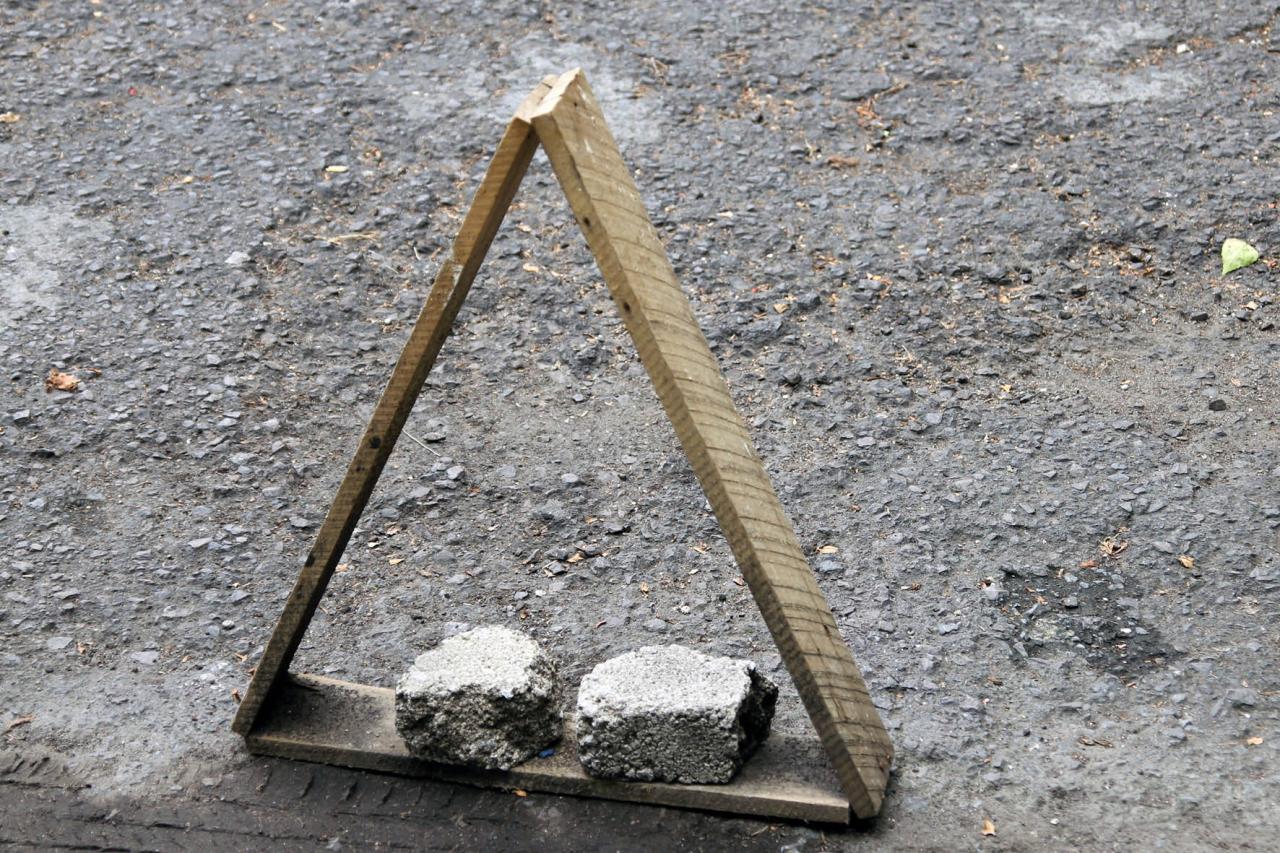



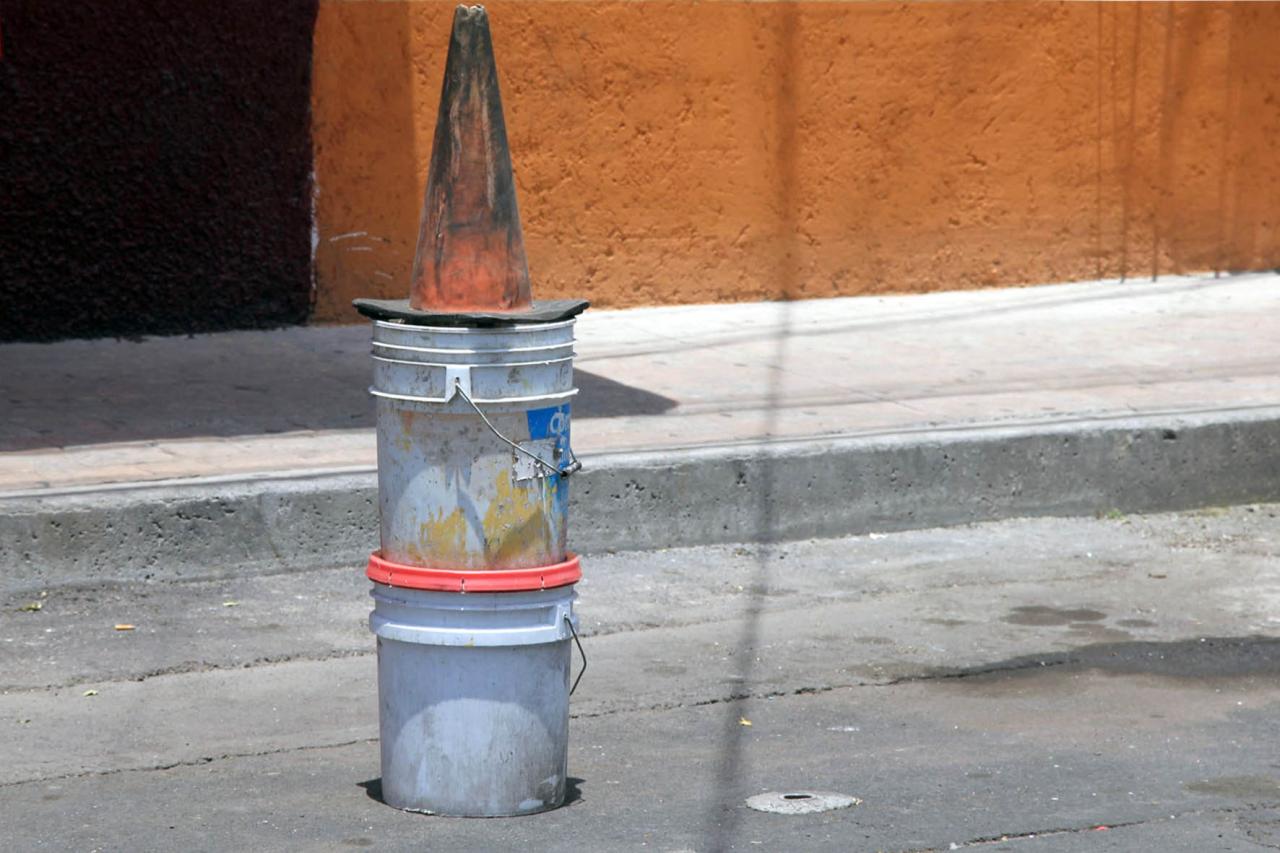
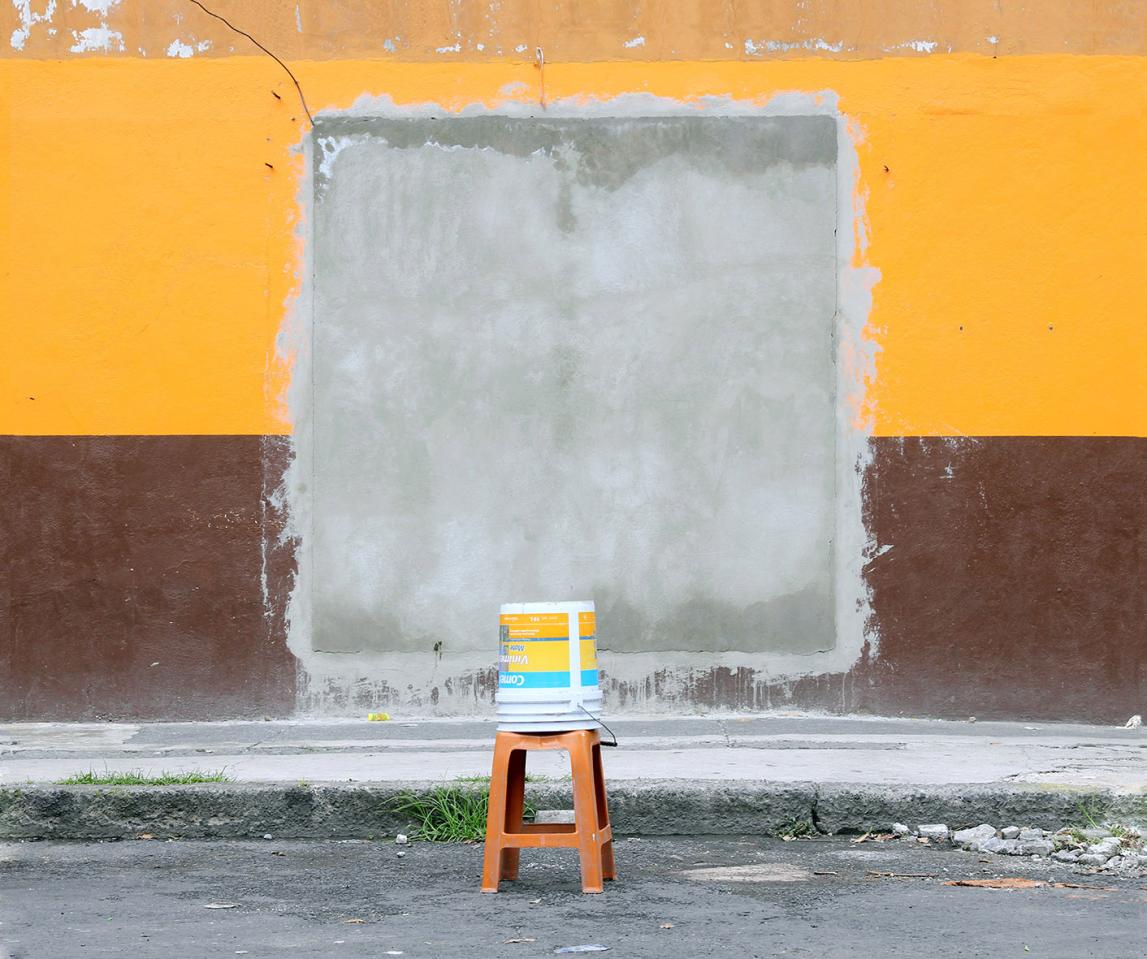
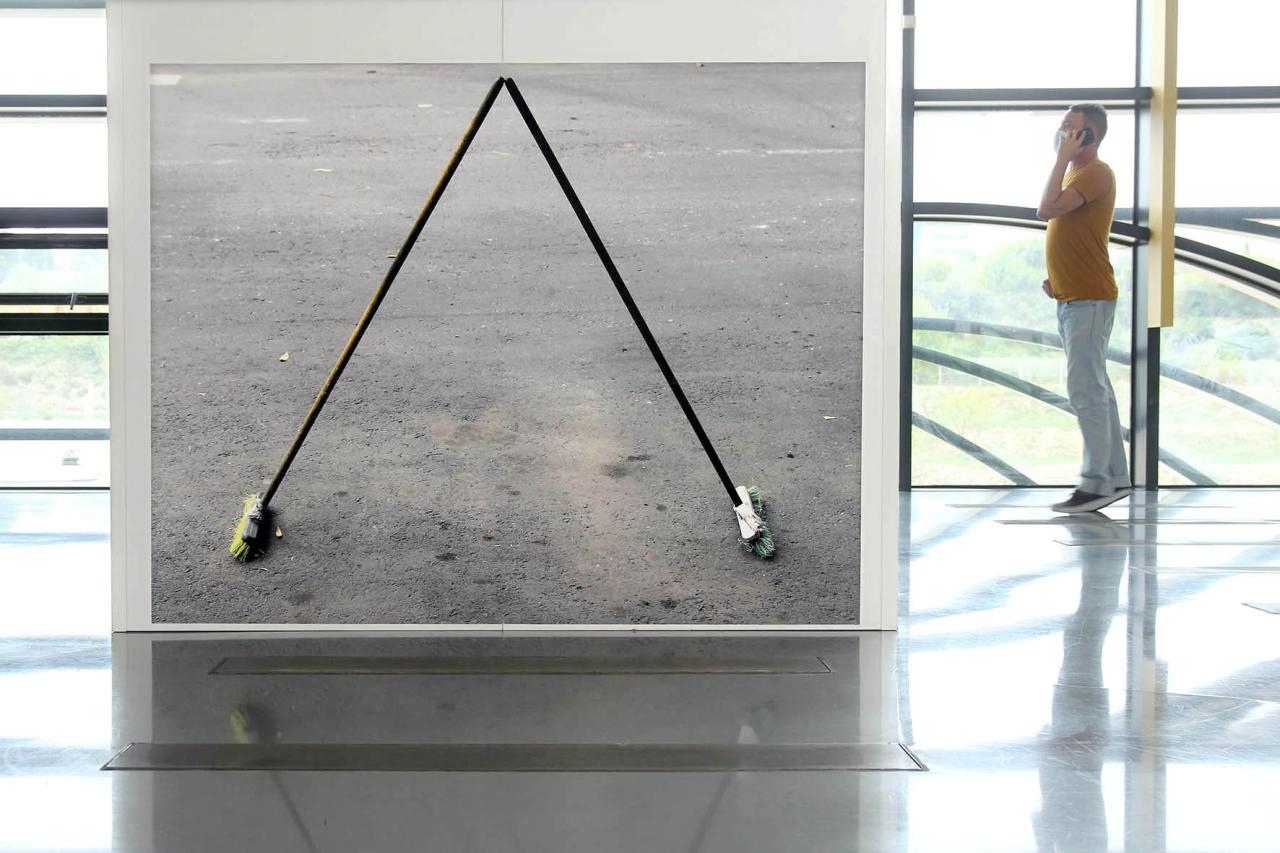
Dos escobas, 2020, photography, view of the exhibition Cielo & suelo, domaine du département Pierresvives, Montpellier, France
